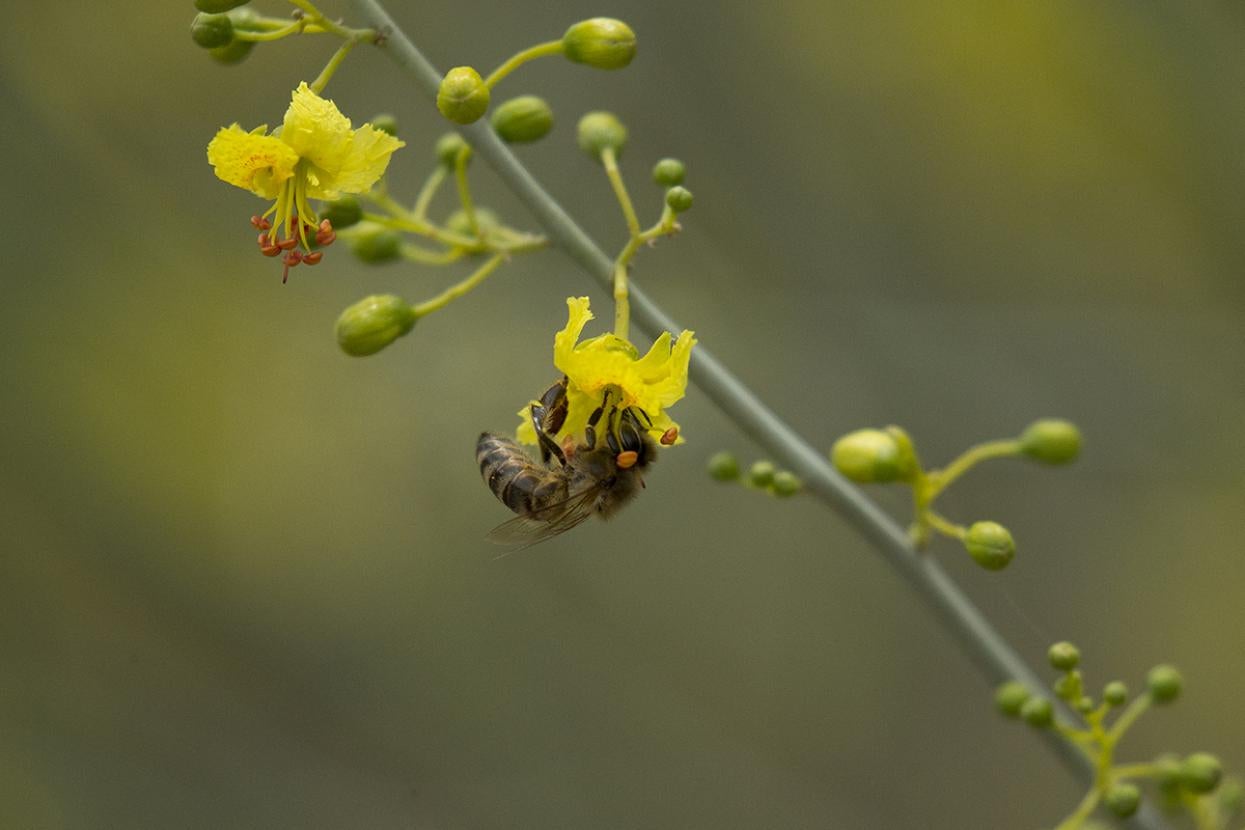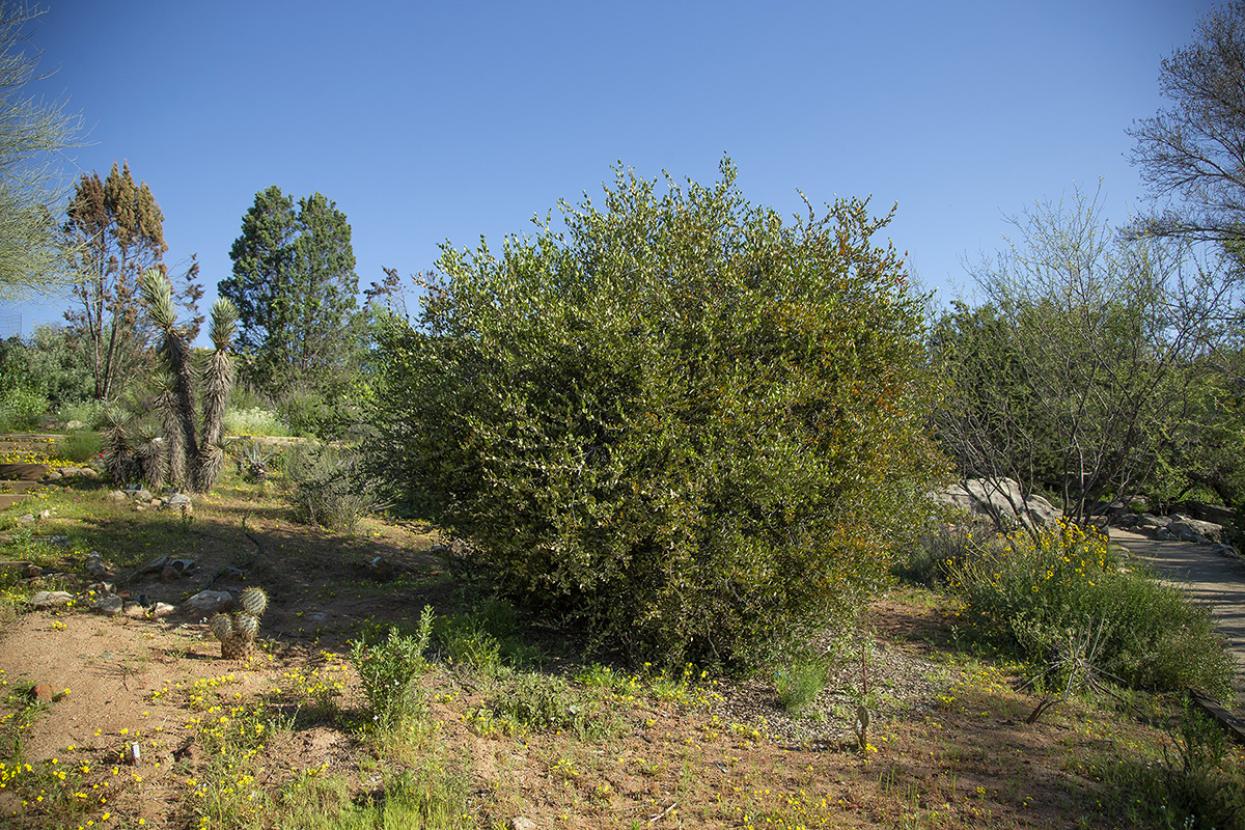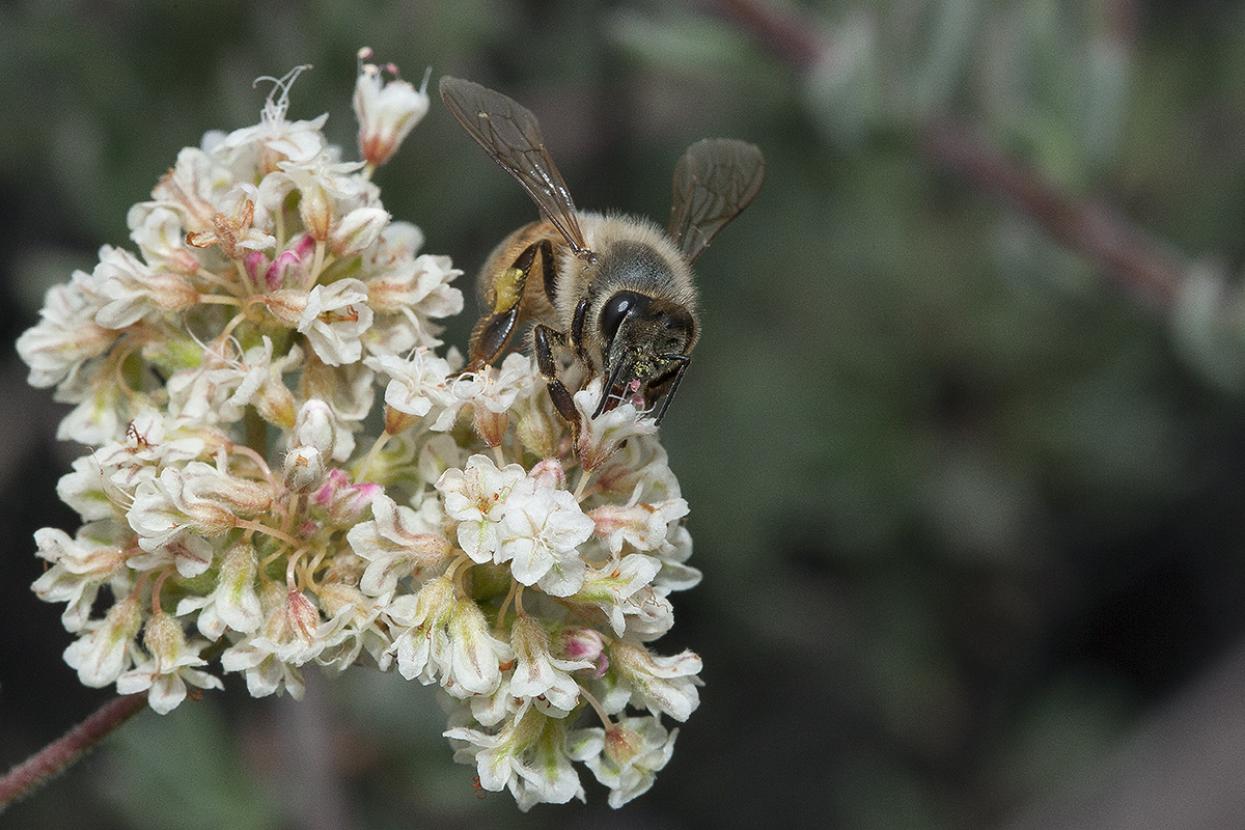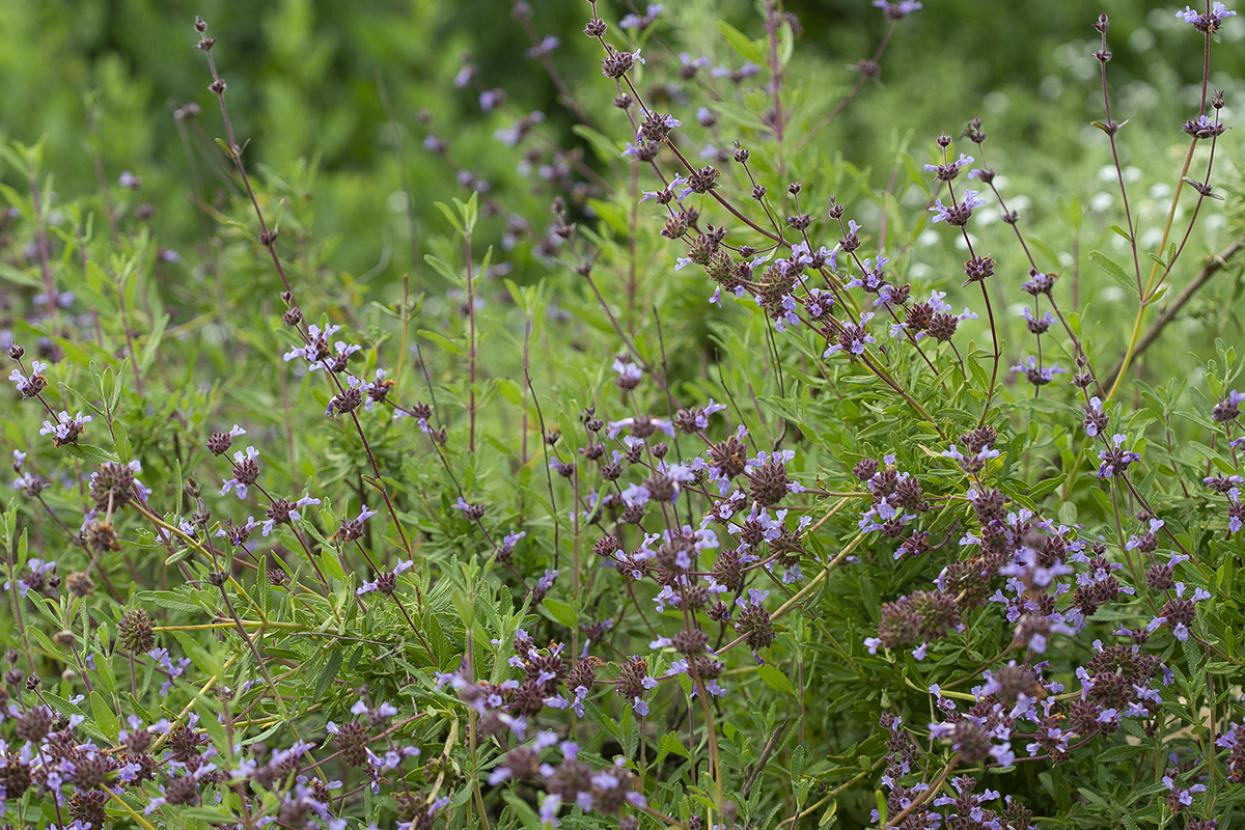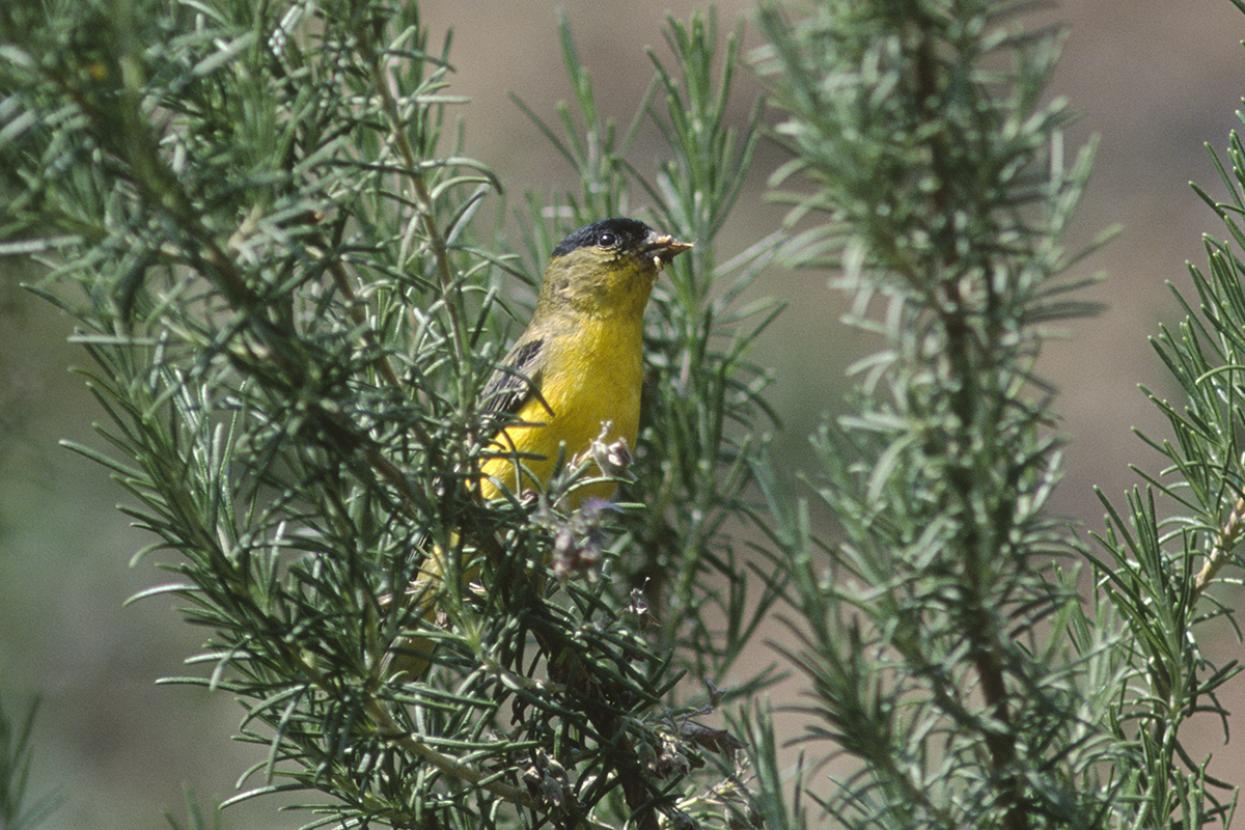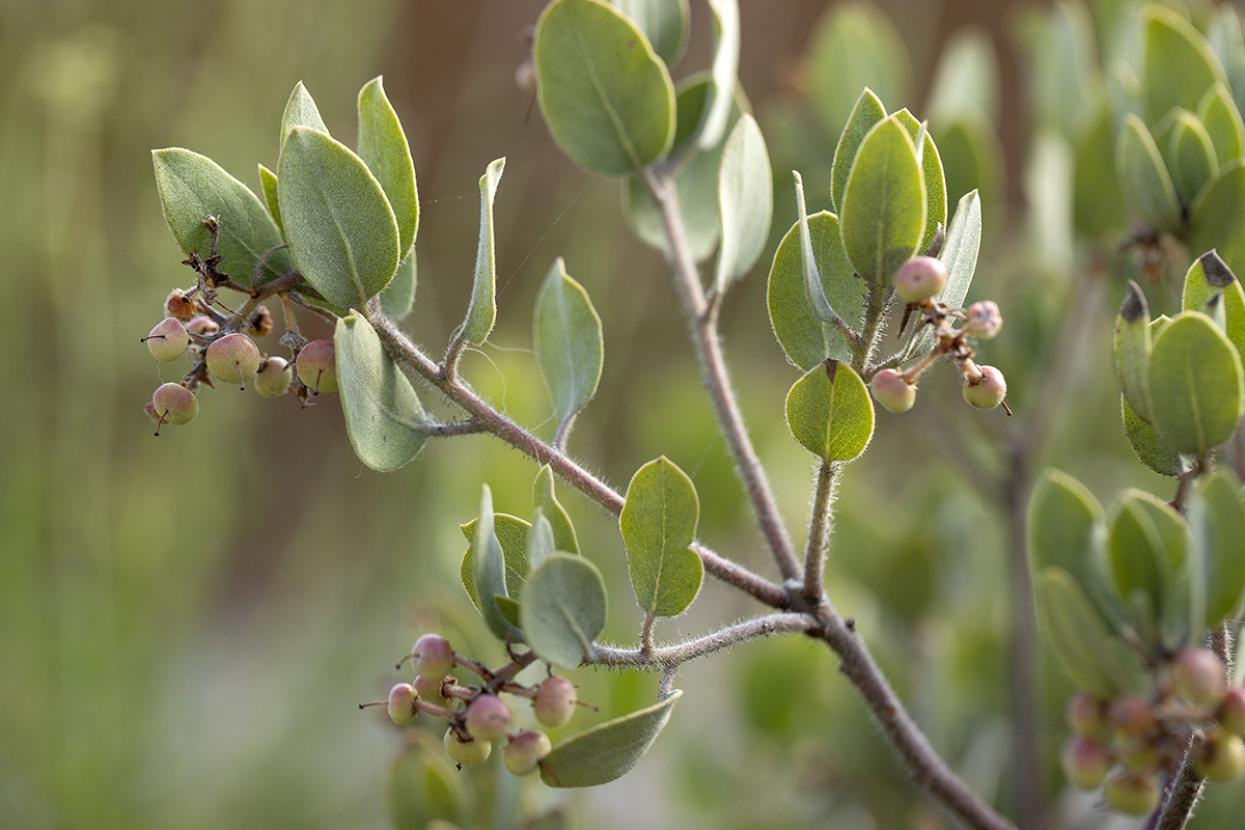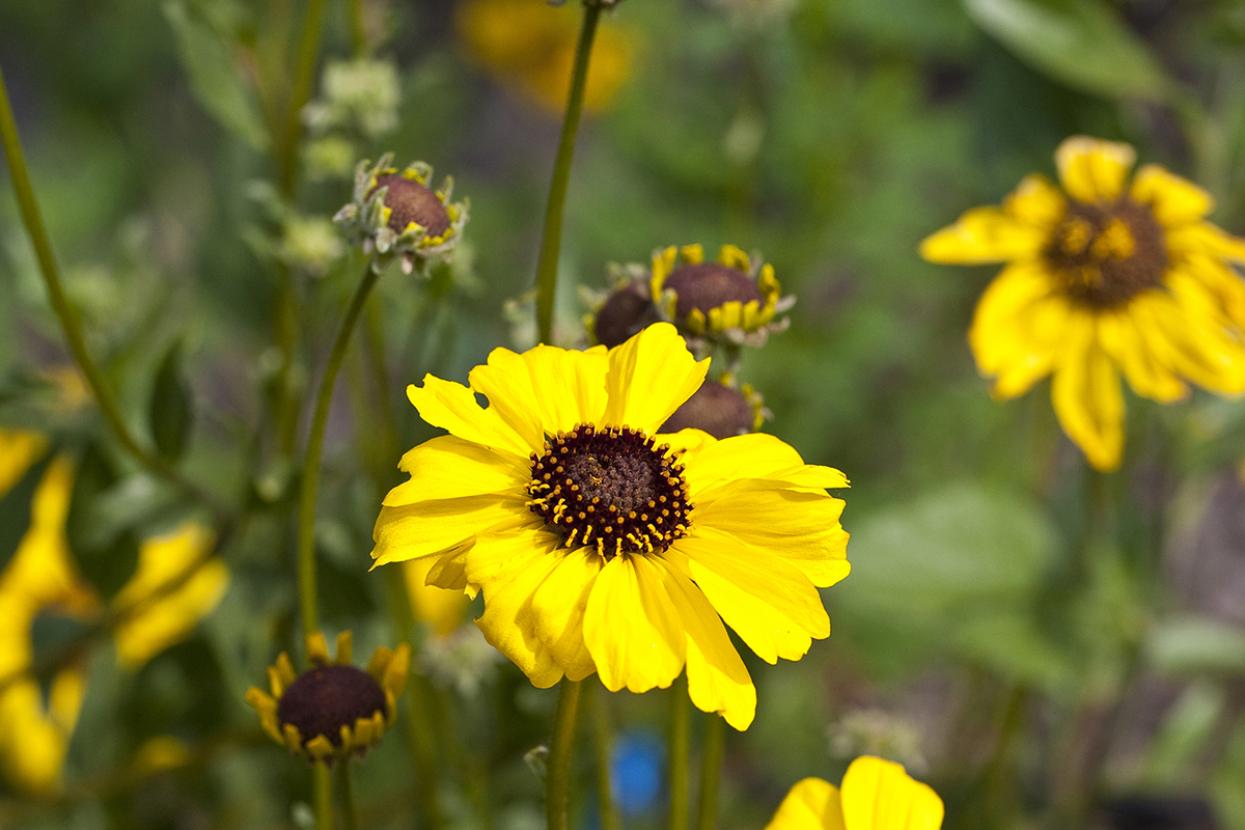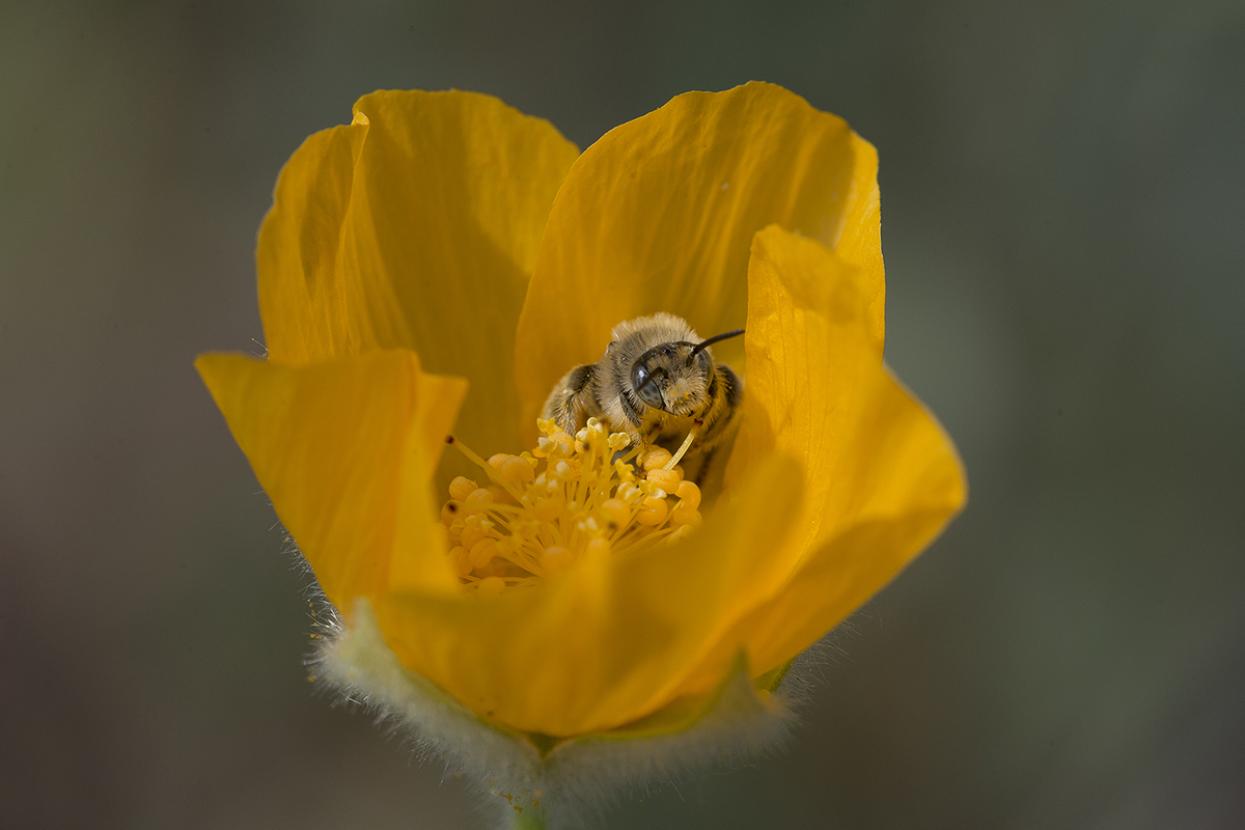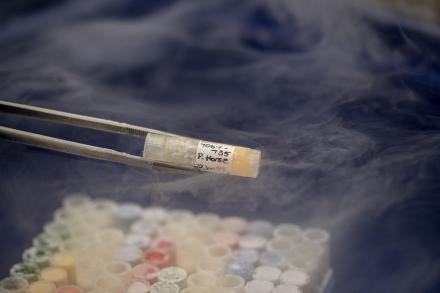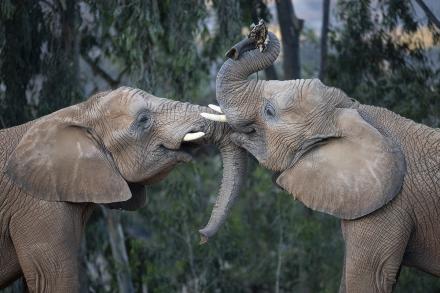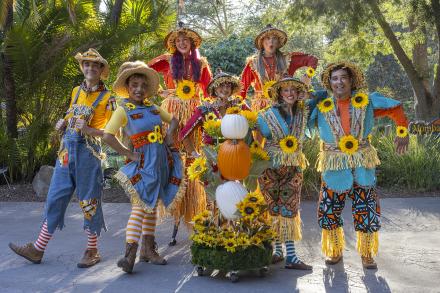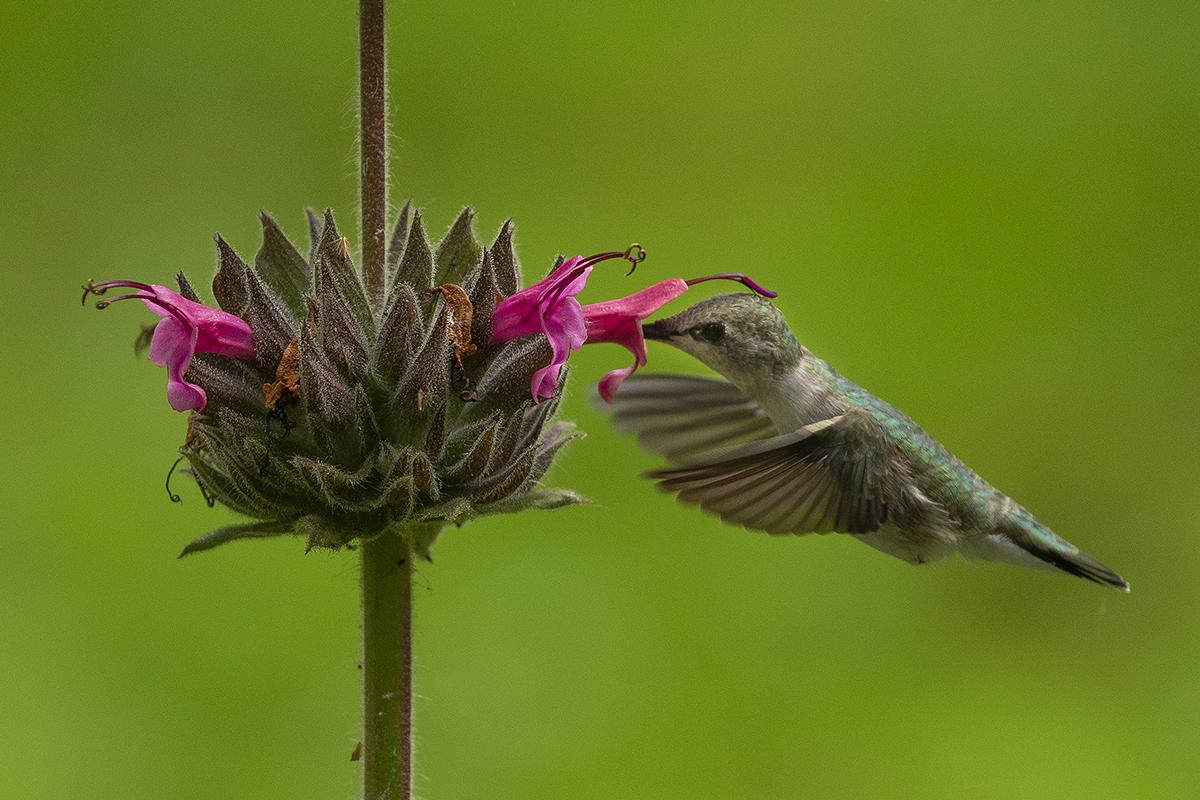
Providing world-class care for wildlife isn’t just about the hairy, hoofed, and horned; buds, blooms, and blossoms are also essential for a world where all life thrives. And native plants—those that were here long before people—are the most essential of all.
Native plants improve the health of an entire region by supporting all other wildlife and keeping ecosystems in balance. They clear pollutants from the air, protect soil integrity, prevent erosion, require less water, and attract pollinators like birds, insects, and mammals that naturally promote fertilization and seed spread. They fit perfectly within the intricate network of local climate, terrain, and animals, making them a cornerstone of a flourishing environment. But unfortunately, the incredible benefits of a native plant landscape are not always enough to protect it from the ever-encroaching impact of unsustainable development. When a region is both biologically rich and highly threatened, it’s called a biodiversity hotspot.
Native plants like palo verde attract pollinators, which naturally promote fertilization and seed spread.
San Diego County, where San Diego Zoo Wildlife Alliance is based, is a biodiversity hotspot. It is the second-most populated county in California and fifth-most populated county in the entire United States. It is also the most biodiverse county in the contiguous United States. The unusual Mediterranean climate, varying terrain, and wide-ranging altitudes nurture over 1,500 native plant species, with 26 species being endemic, meaning they are found nowhere else on Earth. That’s why one of our eight global Conservation Hubs is the Southwest Conservation Hub, where we use our resources and expertise to protect the wildlife in our own backyard. Between our two conservation parks, the San Diego Zoo and San Diego Zoo Safari Park, there are more than two million plants in our care. And because the parks are located in different parts of San Diego County, we are able to safeguard several of the rarest ecosystems, which are threatened by unsustainable expansion as populations move more toward the California coast.
The Safari Park protects threatened chaparral habitat.
But it takes more than protecting the habitats that remain. When existing habitats are fragmented by unsustainable development, natural disasters, and other causes, wildlife need ways to reconnect. Thankfully, you don’t need wide open grasslands and rolling hills to create safe spaces for wildlife. Even small gardens can have a huge impact. Read on to get inspired by the native plant initiatives at the Zoo and Safari Park, then discover simple steps you can take to plant seeds of change in your own backyard.
Even small native plant gardens can have a huge impact for pollinators.
Go on Seed-fari
The San Diego Zoo Safari Park features over 1.3 million plants across more than 3,700 species. It also serves as headquarters for the Center for Plant Conservation, a network of botanical organizations throughout the United States and Canada that are working together to save endangered plant species throughout their native ranges. Located inland in the San Pasqual Valley outside Escondido, California, the Safari Park’s dry and hilly landscape can sustain different habitats, like coastal sage scrub and chapparal.
The California Nativescapes Garden highlights over 500 species, including rare Munz’s sage.
Check out these habitats and more by traveling a diverse native plant corridor through Walkabout Australia, World Gardens, Condor Ridge, and Tull Family Tiger Trail before ending at majestic Kilima Point overlooking The Savanna. While relaxing along the shady trails of Walkabout Australia on a hot summer day, look up—this cool reprieve comes courtesy of towering California redwoods and an assurance population of Torrey pines. Moving into World Gardens, you’ll see the Safari Park’s first dedicated native plant garden, the four-acre California Nativescapes Garden, which opened in 1991. Developed in partnership with the Lake Hodges Native Plant Club, it highlights more than 1,500 plants from over 500 species, organized in “plant communities” representing different areas of San Diego County. Discover unique species like Shaw’s agave, Greene’s dudleya (liveforever), California ash, Santa Catalina Island manzanita, desert ironwood, Catalina mahogany, and saguaro cactus by following self-guided tours.
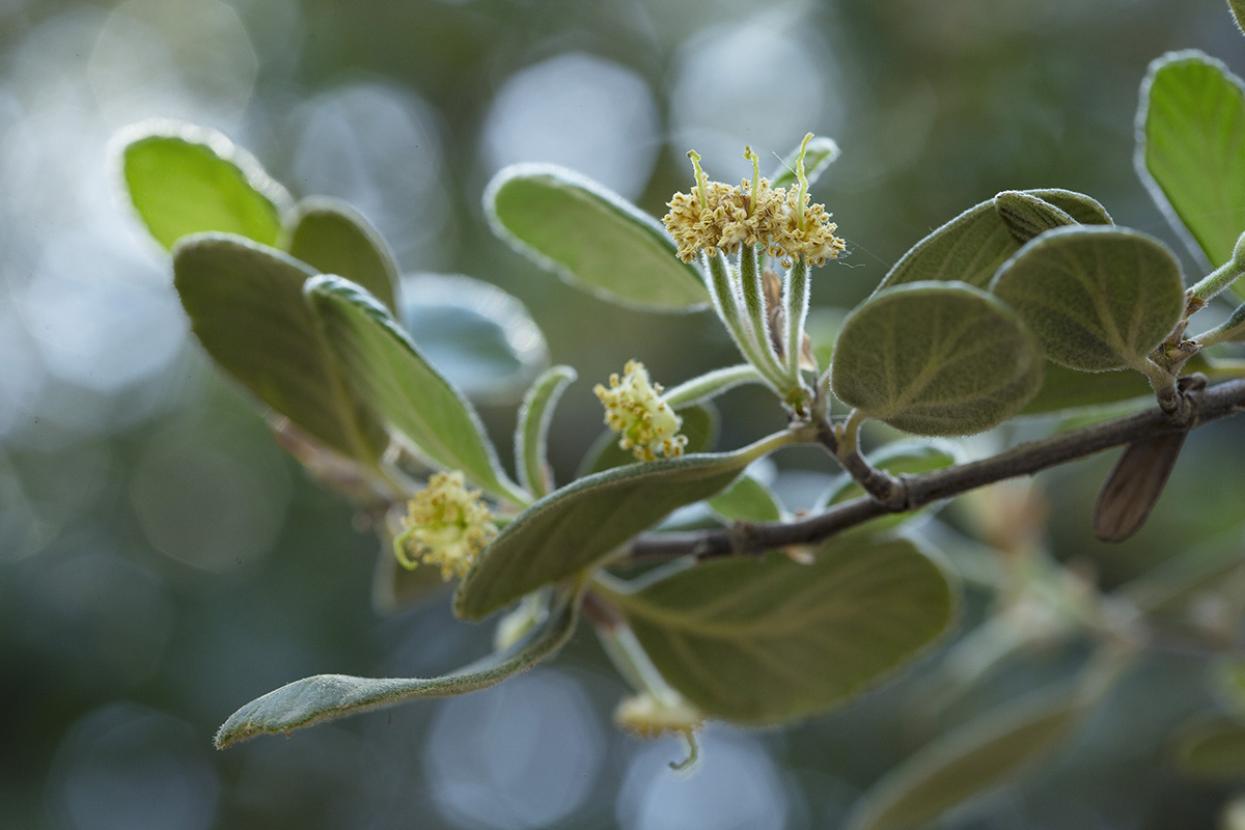
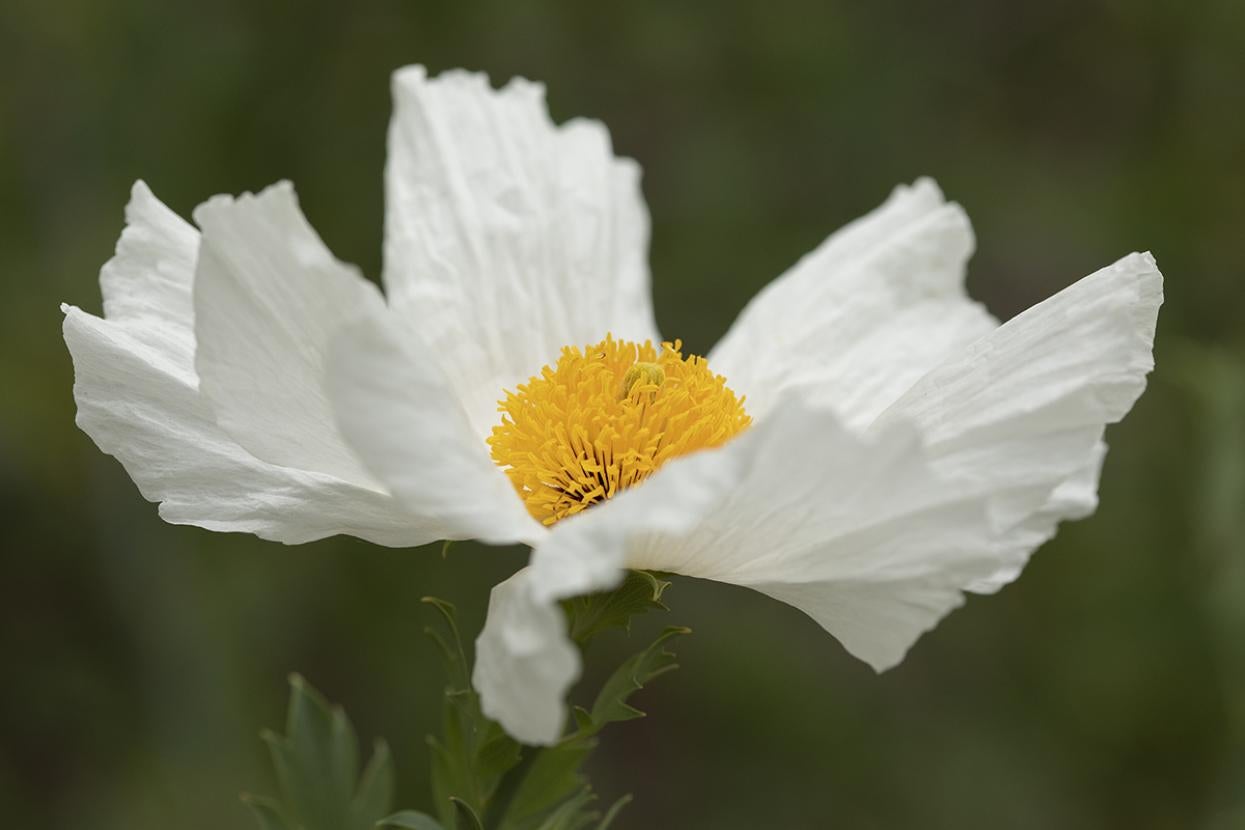
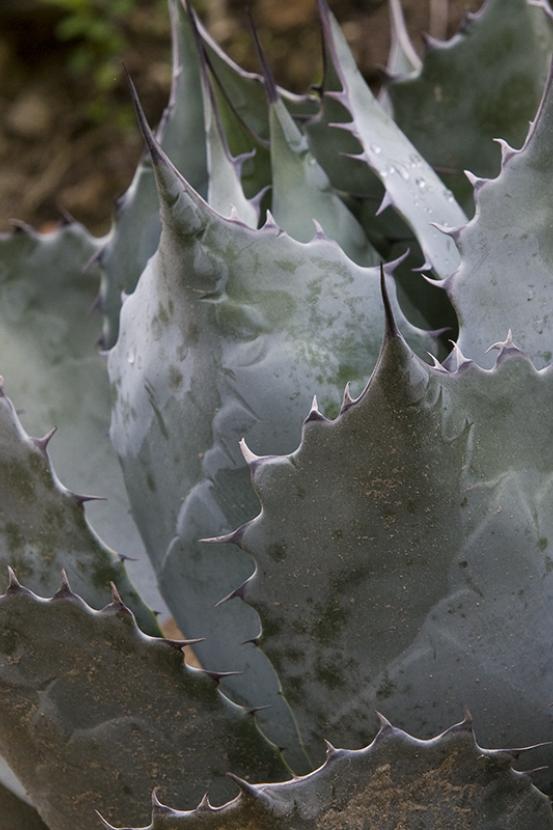
On a self-guided tour of the gardens, look for Catalina mahogany (upper left), Coulter’s matilija poppy (lower left), and many types of agave (right).
Once in Condor Ridge, you may see local animal species, like condors and bighorn sheep, engaging with their expansive landscapes just as they would in native habitats. The Native Nectar Garden seasonally showcases pollinator plants along Arbor Walk, and the Nature Trail, connecting Arbor Walk and Kilima Point, winds through a native garden just planted in 2024. Continue your botanical journey on the complimentary Africa Tram, which will take you through a vast savanna habitat teeming with animals and plants alike. If you’re there on Saturday or Sunday, there’s even a special plant-focused Botanical Tram tour at noon!
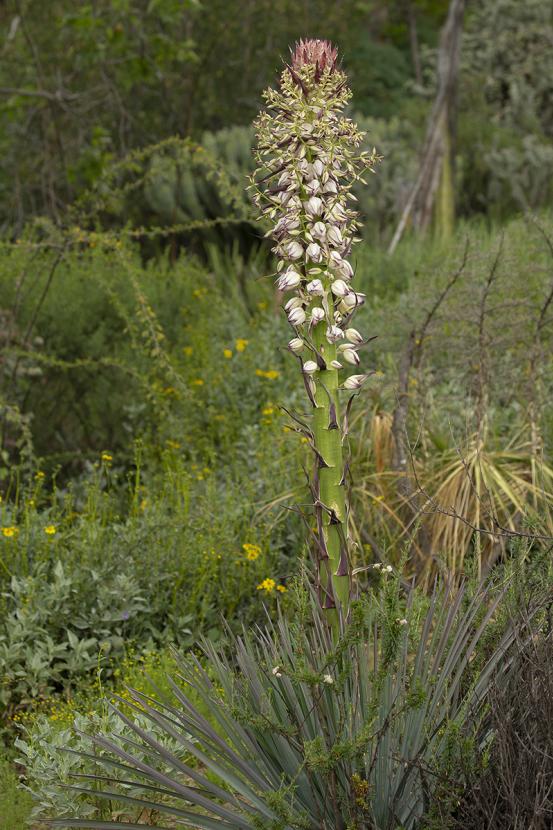
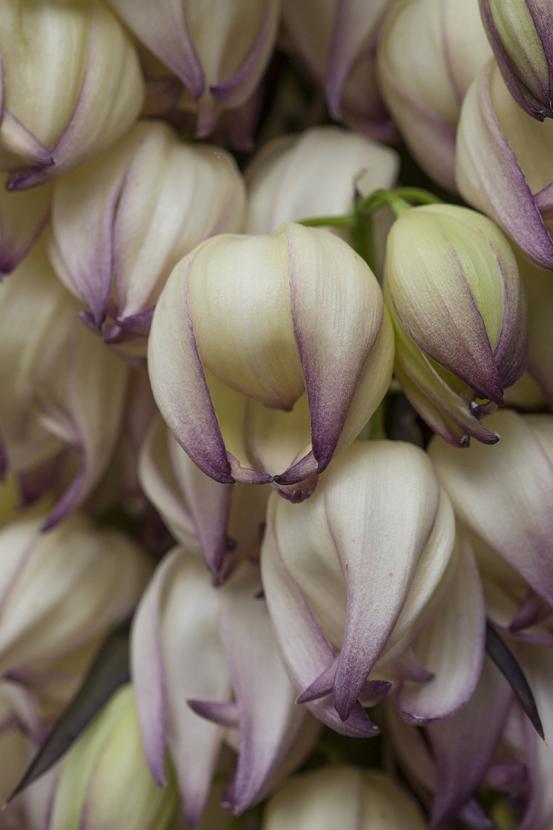
Chaparral yucca displays its dramatic flowers in the California Nativescapes Garden.
Zoo-tiful Blooms
Within just 100 acres, the San Diego Zoo cares for more than 700,000 individual plants representing 3,100 species. Because the Zoo is located in a coastal habitat, it can also support species endemic to California’s Channel Islands, many of which are threatened.
The Zoo’s native plant garden initiative started when the Horticulture team spearheaded an effort to replace gardens in need of renewal with native plants. The first one was planted in 2018 along the west end of Lower Park Way and is visible from the guided bus tour, as well as from above on Eagle Trail. Several more gardens followed, with the goal of creating an interconnected wildlife corridor from Bashor Bridge to Conrad Prebys Africa Rocks and through The Harry and Grace Steele Elephant Odyssey.
Native plants provide forage for seed-eating birds like goldfinches.
The steep slopes going down to Denny Sanford Panda Ridge from the Elephant Odyssey side of Bashor Bridge already had vibrant natural growths of coast cholla cactus and coast sunflower, which were enhanced with evening primrose and sunflower, both popular with goldfinches. Endemic Channel Islands species like island bristleweed, island tree mallow, and rare Catalina mahogany thrive next to annuals like native thistle. On another steep slope behind McKinney Penguin Habitat in Africa Rocks, natural grasses feed skipper larvae, provide forage for seed-eating birds, and offer protective cover for lizards and snakes. Rock formations are the perfect place for one of the over 600 bee species in San Diego County to build a hive. And tucked behind the waterfall in Africa Rocks is a grove of coast live oak.
Critically endangered Del Mar manzanita thrives in Elephant Odyssey.
Throughout Elephant Odyssey, look for white sage, Cleveland sage, globemallow, and critically endangered species like Del Mar manzanita and Encinitas baccharis, which has only one or two native populations remaining. Coast buckwheat is almost always flowering, while California everlasting smells like maple syrup when it blooms in spring and early summer. Looking north across the guided bus tour road, you’ll see groves of Torrey pines and coast live oaks; eventually, the Zoo will have nine diverse areas planted with native oak groves. Two Elephant Odyssey habitats are planted with native plants; the condor habitat is filled with local cactus, agave, and Tecate cypress, while seep monkeyflower grows well in the pond near Sabertooth Mexican Grill.
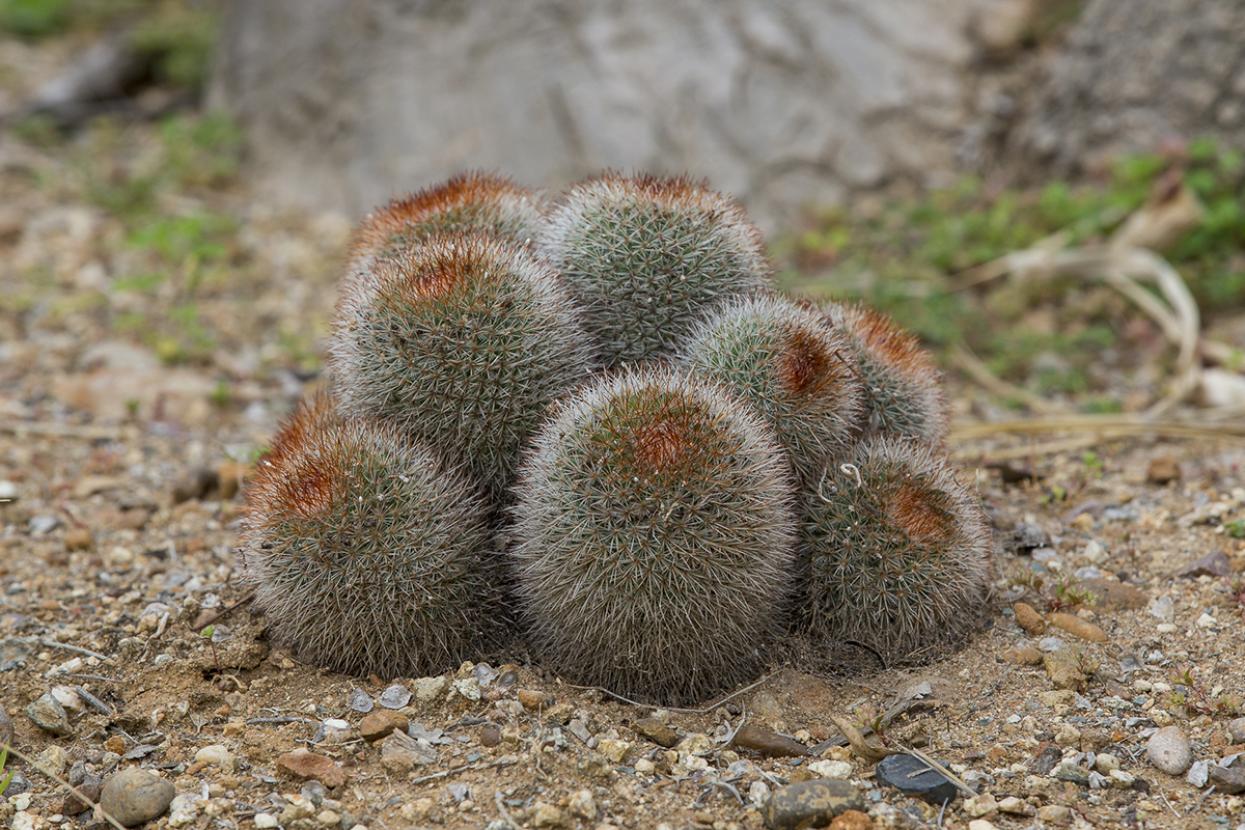
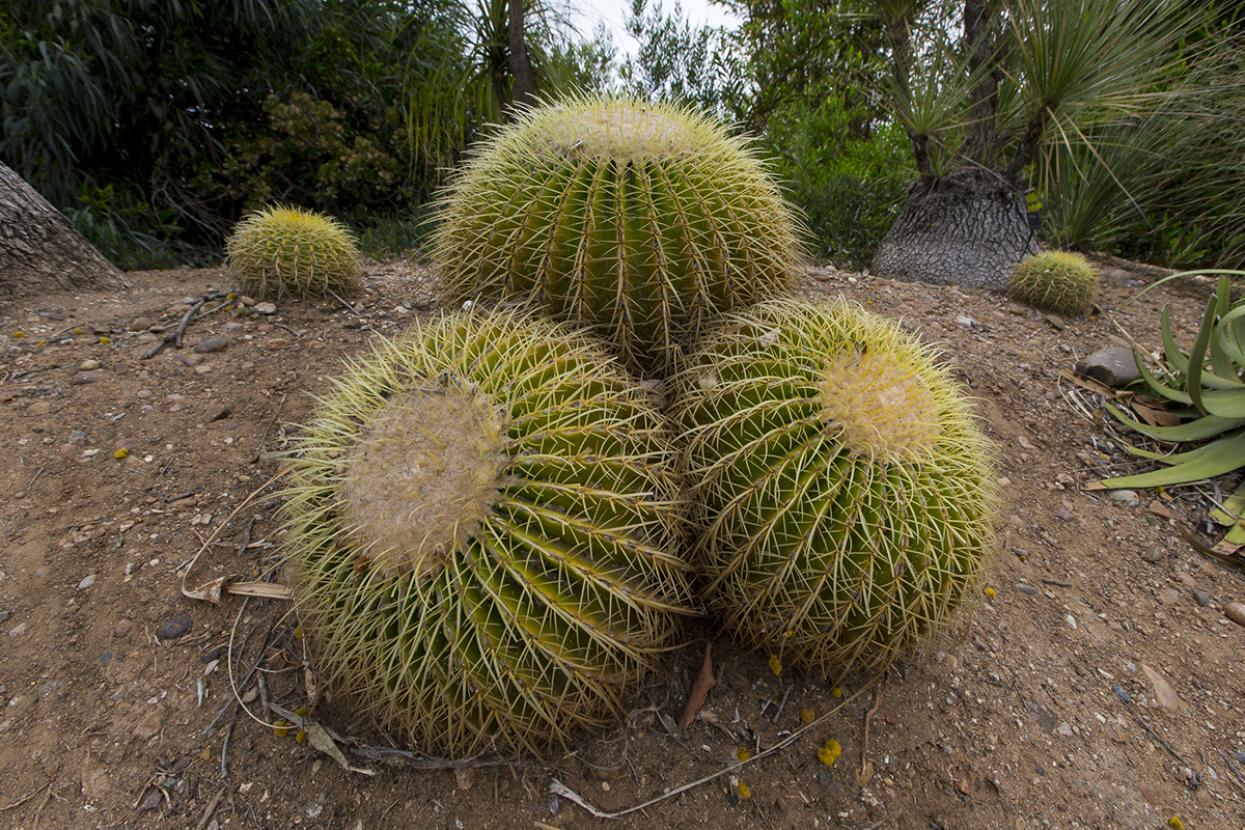
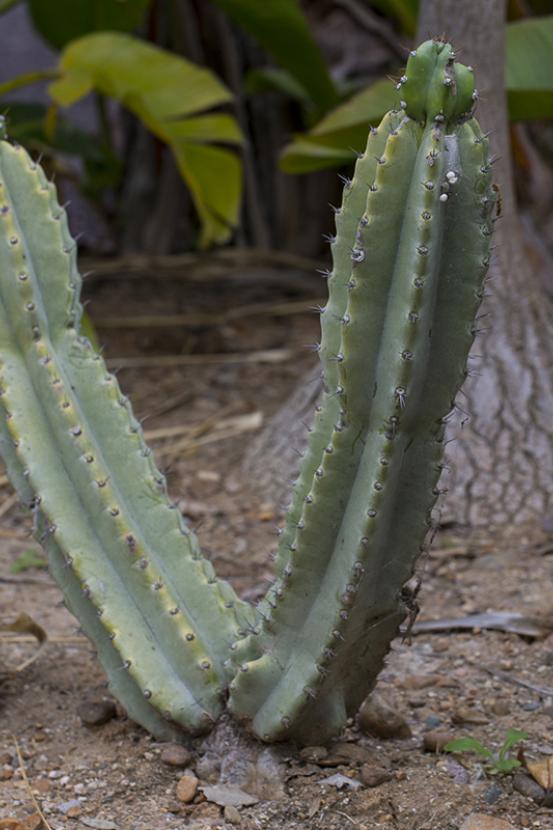
How many types of cactus can you spot in Elephant Odyssey?
The Zoo also cares for vital assurance populations of critically endangered species that are found in few, if any, other conservation parks, including Nuttall’s scrub oak, Pacific oak, Encinitas baccharis, and Catalina mahogany. One special plant, lucky morning glory, was thought to be extinct until a small population was found in a parking lot in Riverside County, California; it is now protected and flourishing at the Zoo.
Explore the Zoo’s many gardens on a self-guided tour, or visit on a scheduled Plant Day for a special guided Botanical Bus Tour and the opportunity to purchase plants grown on site by the Horticulture team.
The Zoo has vibrant natural growths of coast sunflower.
Make a Pods-itive Impact
San Diego Zoo Wildlife Alliance’s commitment to saving species worldwide begins in our own backyard—and it can continue in yours. Native plants are an excellent choice for any garden because when planted in the correct environment, they are self-sustaining and able to thrive with only naturally occurring pollination, fertilizer, and rainfall. They also generally require less manual maintenance than non-native plants and are more resistant to pests, droughts, fires, and other challenges. And of course, native plants play an essential role in supporting all life, including pollinators, birds, reptiles, and mammals.
Native plants play an essential role in supporting all life, and they are easier to care for than you might think.
Bringing native plants into your home and community is easier than you might think. It doesn’t take much space or time to make a big impact for pollinators and the entire ecosystem. Here are some simple ways you can nurture native plants and pollinators:
- Do a little research. Online resources like Homegrown National Park and the California Native Plant Society have everything you need to get started.
- Something is better than nothing. Large, interconnected plots make the best wildlife corridors, but every native plant sustains a native species. Even a balcony container garden can make a crucial difference in strengthening natural biodiversity.
- Let nature take its course—not everything needs to be tidy. Leave pods for seed-eating birds and a layer of dead leaves and sticks as a hiding place for insects and lizards. It’s less work for you, too!
- Replace non-native species in your yard with native ones. If you aren’t sure which plants are which, head to your local nursery, gardening store, or horticulture society and ask for guidance.
- Choose a variety of plants that bloom at different times. Not only will this give you a beautiful garden year-round, but it will support pollinators across all seasons.
- If you don’t have a yard, but still want to get your hands dirty, volunteer for a local plant society, botanical garden, park, or community garden. They will provide tools and training, and you can just enjoy the garden!
Learn more about our plant conservation efforts through guided and self-guided botanical tours at both the Zoo and Safari Park, and discover how your support is helping protect the wildlife thriving in our own backyard through our Southwest Conservation Hub.

